ClearSpend - Budget Flow
1. User Persona & Use Case Definition
Primary Users:
- Finance/Accounts Team
- Department Heads
- Budget Approvers (LM, CTO, CFO, CEO)
Key Use Cases:
- Track and manage departmental budget requests
- Quickly identify pending, approved, or rejected requests
- Prioritize high-budget requests
- View detailed request history and budget utilization
- Stay updated with real-time notifications and activity logs
Wireframe
2. Information Architecture & Layout Strategy
The layout is segmented into key zones for better focus and readability:
- Header Section: Contains the page title and “Add Budget” CTA for quick access to initiate a new request.
- Top-Level Metrics: Clearly displays the total count and financials of Pending, Approved, and Rejected requests. This gives a quick health check on departmental finances.
- Analytics Section (Middle Left): A donut chart visualizes budget utilization to give stakeholders a fast overview of how finances are distributed.
- Department Budget Ranking (Middle Right): A ranked list provides a quick comparison of departments based on their allocated or requested budgets.
- Table View (Bottom): Detailed listing of budget requests with filterable parameters like department, activity, approver, and status to enable deeper dives into specific requests.
- Sidebar (Right):
- Notifications: Keeps users informed in real time.
- Recent Activities: Especially helpful for auditing marketing-related budgets.
- Rules Panel: Offers transparency and ensures users follow the correct approval paths depending on the activity.
3. UI Design & Visual Hierarchy
- Color Coding:
- Orange (Pending), Green (Approved), Red (Rejected) — for instant recognition.
- Donut chart uses the same color scheme for consistency.
- Typography & Icons:
- Clean, readable typography and subtle icons create a minimalist and professional aesthetic.
- Component Consistency:
- Cards, charts, and tables maintain a consistent spacing, padding, and design rhythm, reducing cognitive load.
4. Interaction & Usability Considerations
- Responsiveness: Designed to adapt across screen sizes — ideal for dashboards used in both desktop and tablet modes.
- Sticky Sidebar: Ensures key navigation elements remain accessible.
- Search Functionality: Enables users to instantly locate requests without manual browsing.
- Rules Guide: Educates users on workflows, reducing confusion and mistakes.
5. Data Handling & Prioritization
- The design supports data-driven decision-making by presenting:
- Prioritized requests by department and budget size
- Trends in approvals/rejections over time
- Real-time activity history and request status
- Rule-based approval logic ensures requests are escalated correctly, reducing redundancy.
6. Scalability & Future Enhancements
The dashboard is designed with scalability in mind:
- Easily extendable to include filters for date ranges, departments, request types.
- Can integrate notifications with email or Slack.
- Offers the potential to export reports or integrate with analytics platforms.
Tools used
From brief
Topics
Share
Reviews
3 reviews
good job!!
Clean design with fantastic color choices, keep up the good work!
Perfect
16 Claps
Average 4.0 by 4 people
You might also like
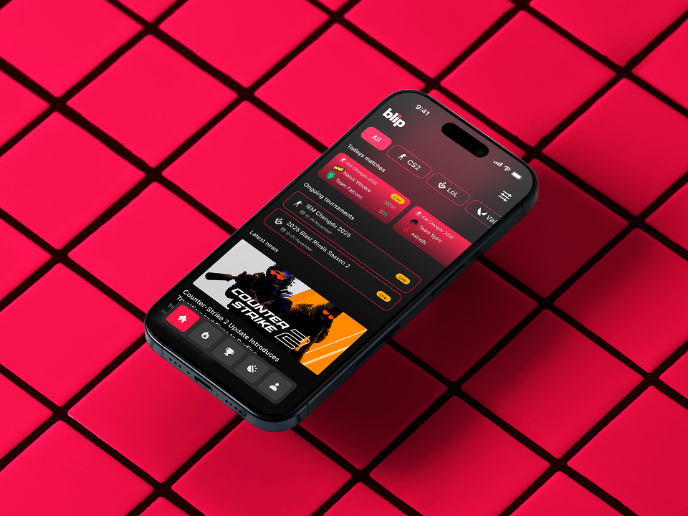
Project
Blip - Esport app design (Light & Dark UI)
Bonjour, comrades! Today I present the case of Blip - an esports hub app for gamers where you can check esports news, learn about upcoming t
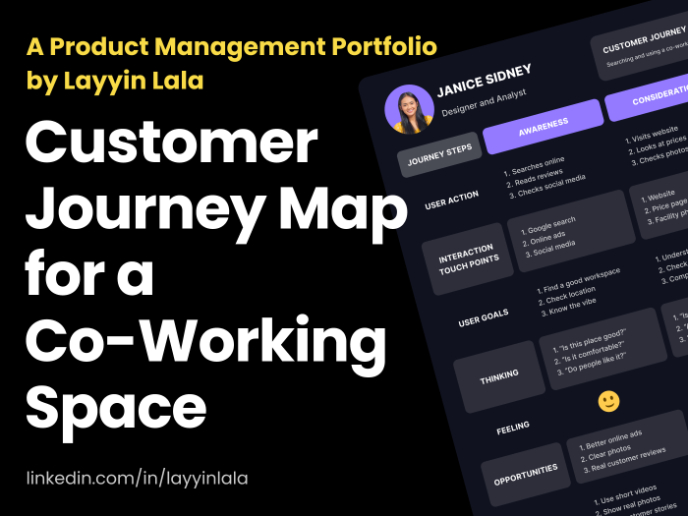
Project
Customer Journey Map for a Co-Working Space
In this project, I made a Customer Journey Map (CJM) for a co-working space. The goal of this project is to understand how customers feel an
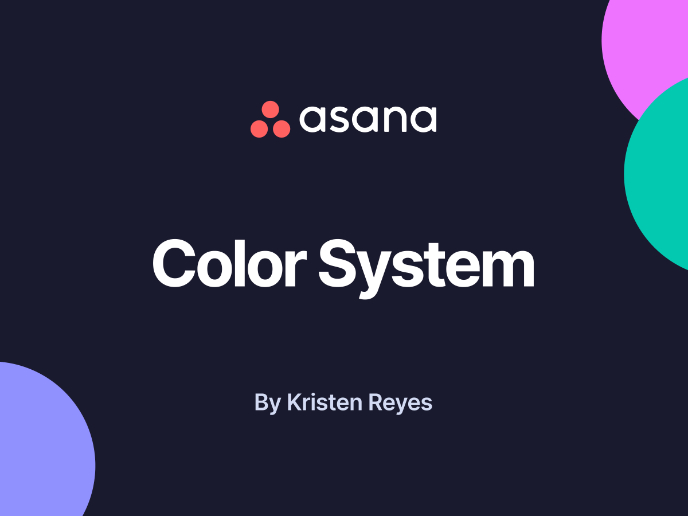
Project
Reimagining Asana's Color System
I created a color system based on Asana's current project management tool. Accessibility and the emotions the colors evoke were the primary
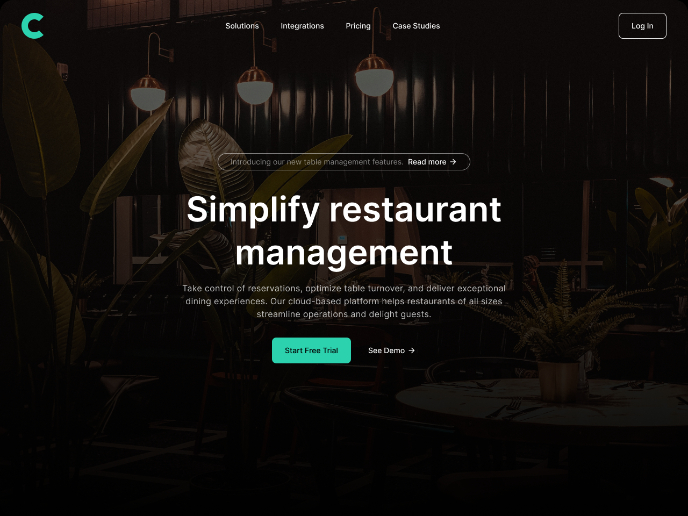
Project
Responsive Main Screen
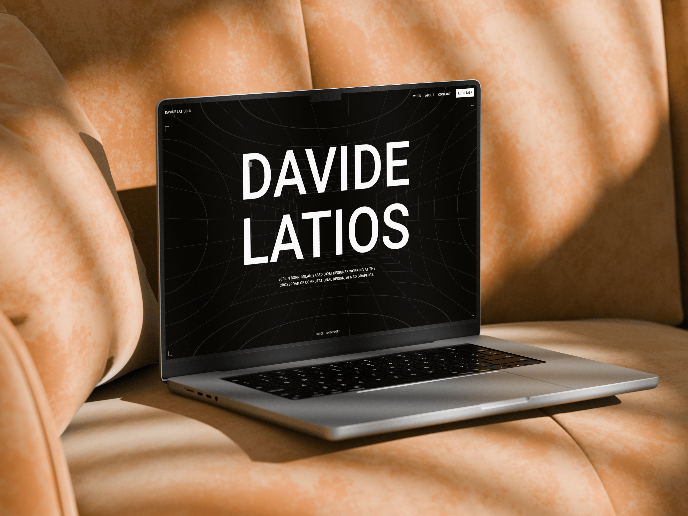
Project
Latios - Free Portfolio Template for UX/UI Designers
Overview I built Latios because I kept seeing the same problem: designers with solid experience getting stuck trying to launch their portfol
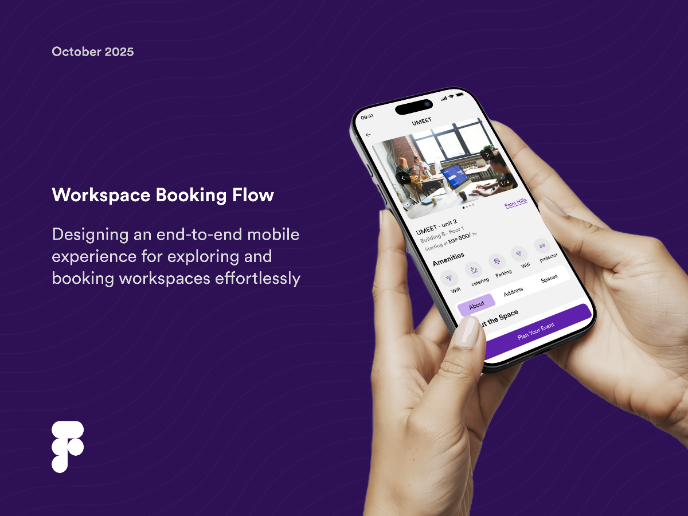
Project
Workspace Booking Flow - UI/UX Design
Visual Design Courses

Course
UX Design Foundations
Learn the essentials of UX design to build a strong foundation in core principles. Gain practical skills to support product development and create better user experiences.

Course
Introduction to Figma
Learn essential Figma tools like layers, styling, typography, and images. Master the basics to create clean, user-friendly designs

Course
Design Terminology
Learn UX terminology and key UX/UI terms that boost collaboration between designers, developers, and stakeholders for smoother, clearer communication.
















